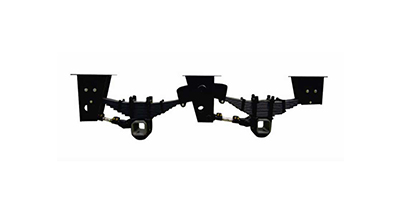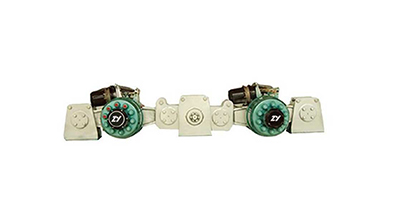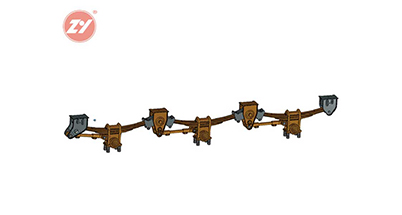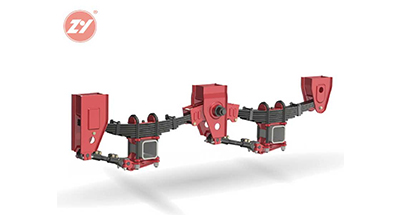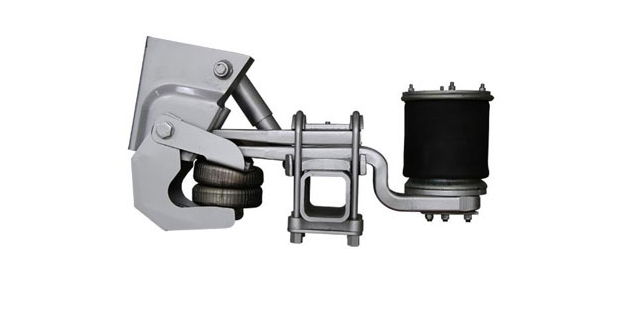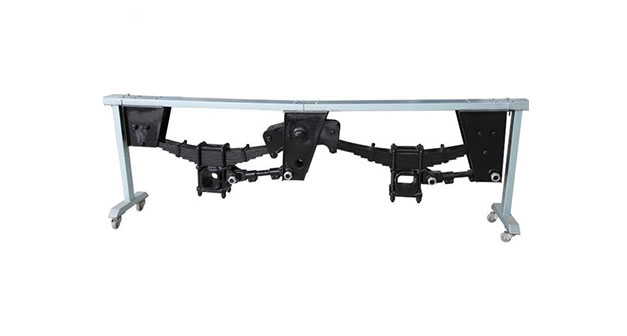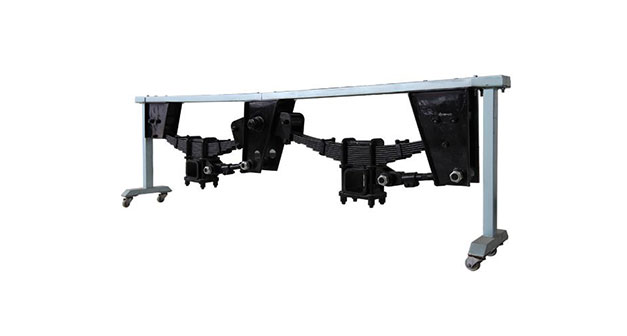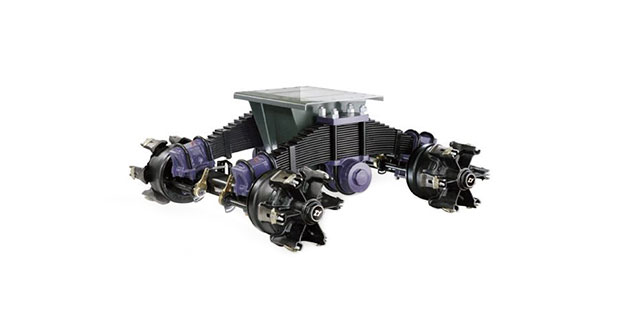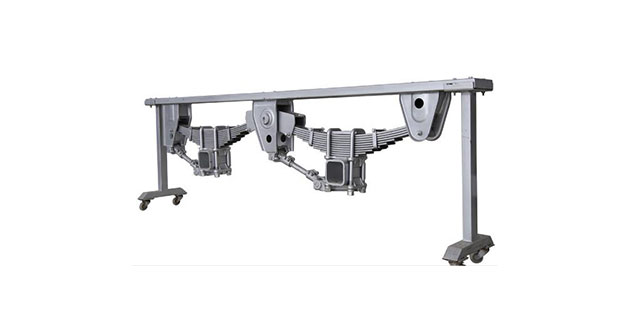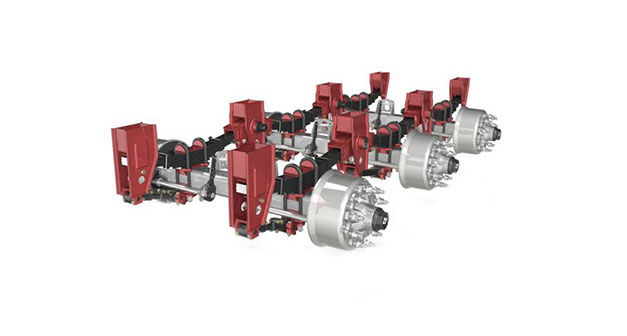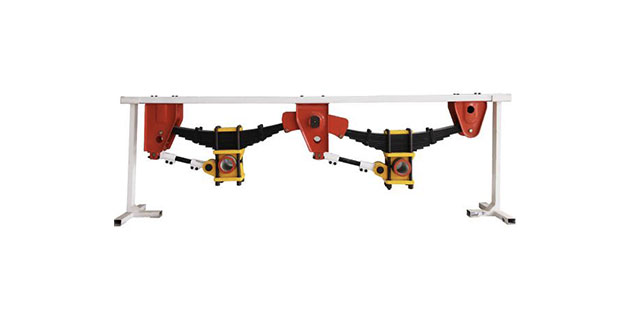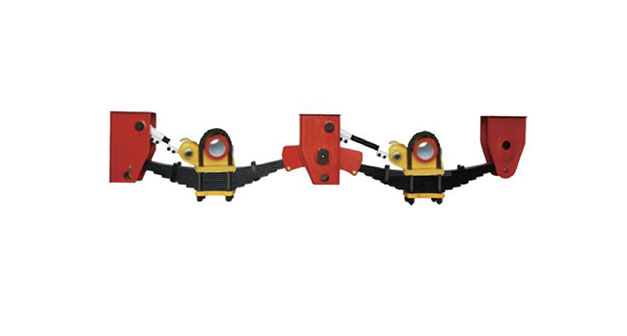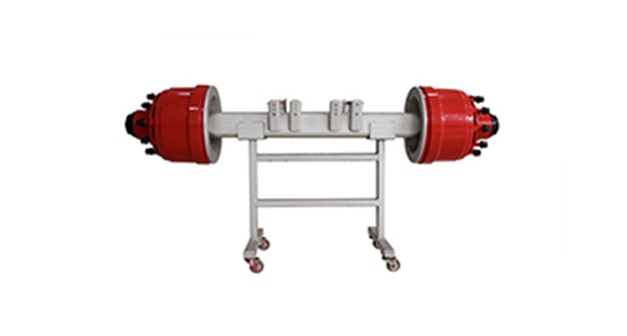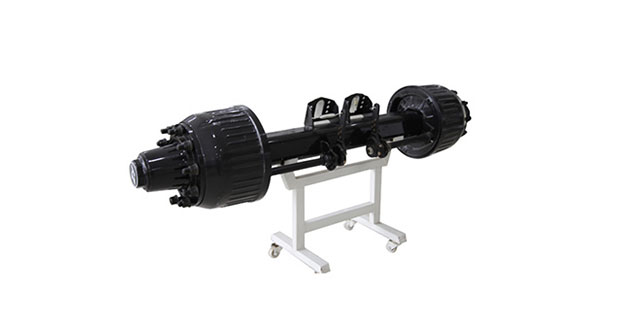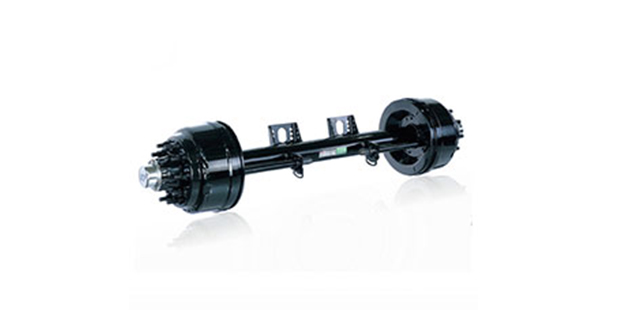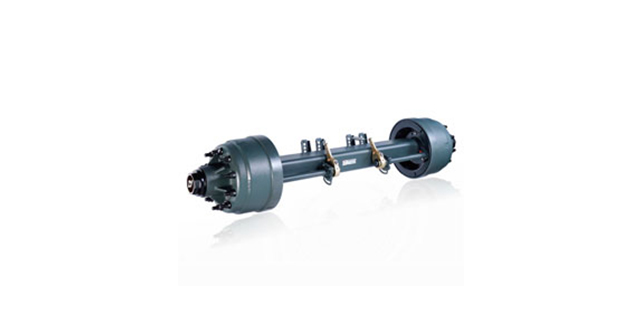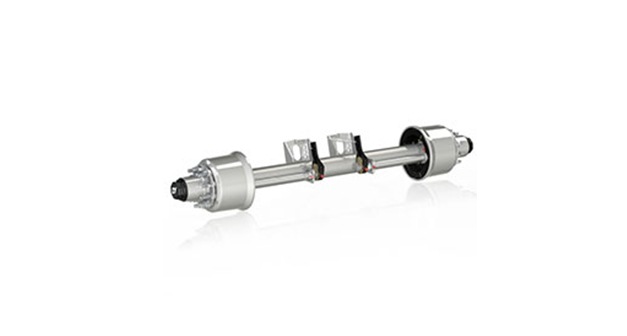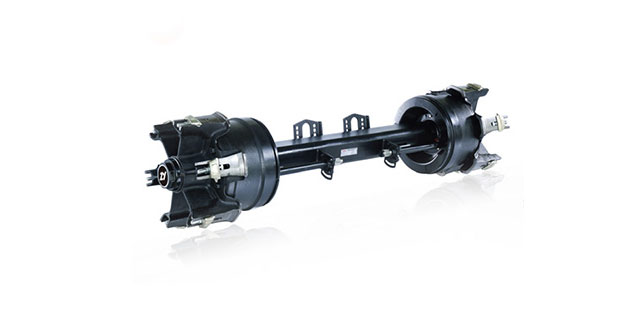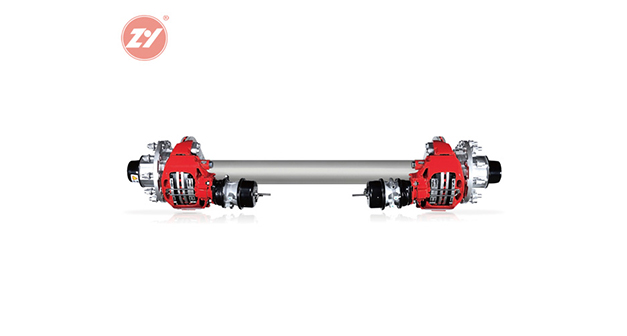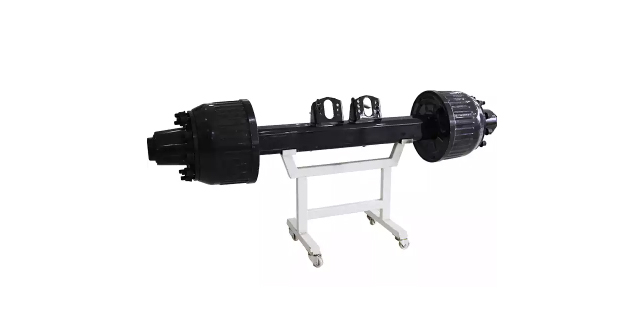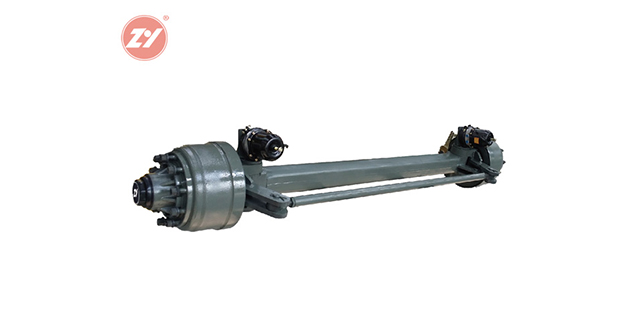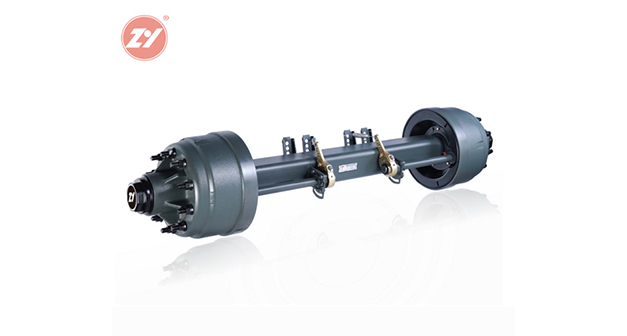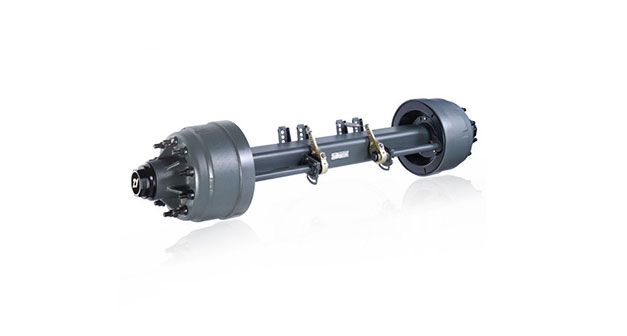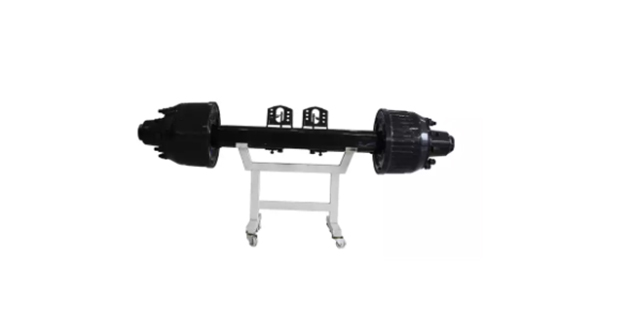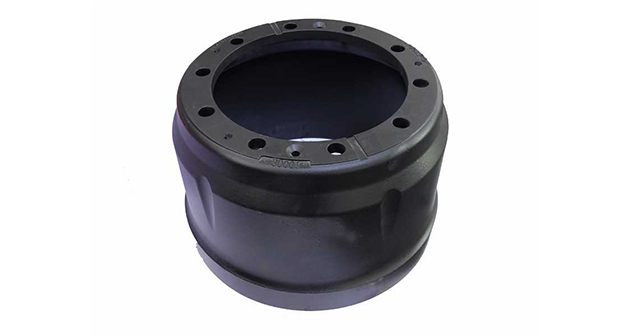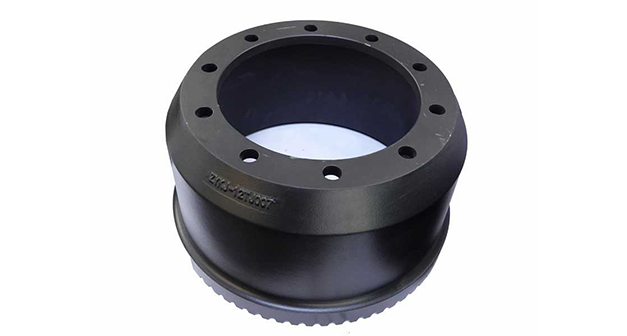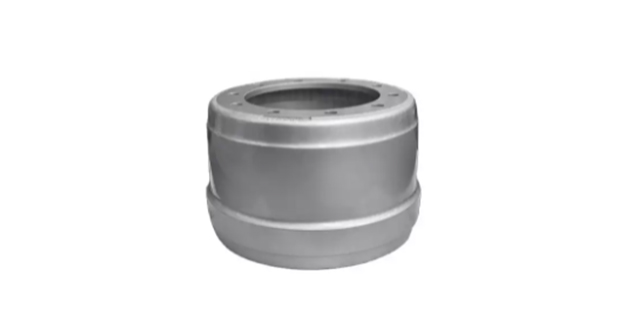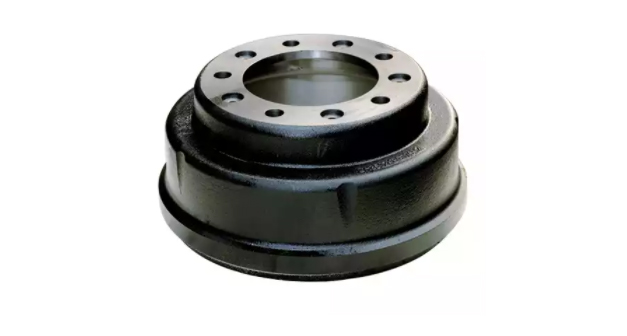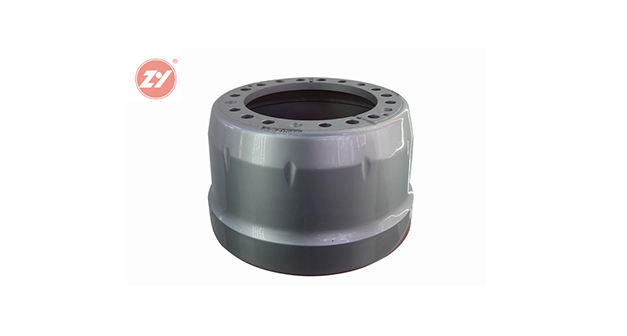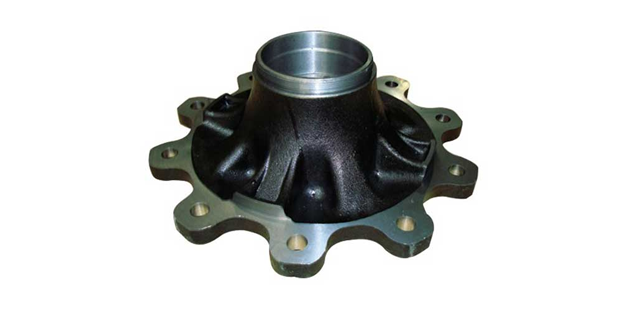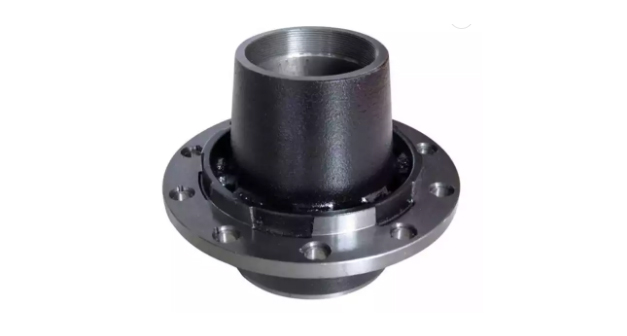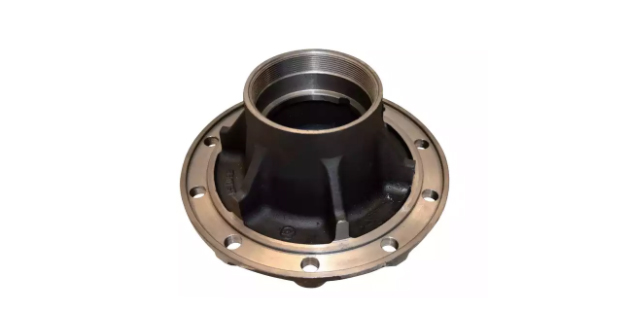One of the most talked-about parts of a car among car enthusiasts, other than the engine and transmission, is likely the suspension system. So what is a suspension system, what components does it consist of, and what are the differences between structures like MacPherson and double wishbone?
The Function of the Suspension System
The suspension system is a set of mechanisms that connect the body of a vehicle to its wheels and are capable of limiting the movement of wheels (or axles), transmitting the force applied to the wheels on the ground to the body or chassis, and ensuring normal vehicle operation. Meanwhile, the trailer suspension system can also improve driving comfort by using elastic elements and shock absorbers to cushion the vibrations. In addition, the suspension system can suppress vehicle roll through the use of lateral stabilizers (anti-roll bars).
Components of the Suspension System
Although the structure of the suspension system varies greatly, its main components include:
(1) Springs: Used to provide cushioning, passenger cars typically use coil springs, commercial vehicles mostly use leaf springs, and some high-end sedans use air springs to improve comfort.
(2) Shock absorbers: Used to suppress spring oscillations, converting the mechanical energy of the oscillating suspension system into heat energy of the shock absorber's internal fluid.
(3) Guiding Mechanism: Including various tie rods, push rods, control arms, etc., which play a role in power transmission and guidance.
(4) Lateral Stabilizer: Also known as an anti-roll bar, used to reduce the degree of vehicle body roll when turning, but it does not come into play when the vehicle is moving straight ahead.
The Movement Essence of the Suspension System
To understand the essence of suspension, we first need to introduce the concept of "degree of freedom." We generally use a three-dimensional coordinate system to define space, so the motion of an object in space can be decomposed into six forms, namely linear motion along the X, Y, and Z axes, and rotational motion around the X, Y, and Z axes. This is the six degrees of freedom possessed by an object.
The essence of the suspension system is to control the movement of the wheels in the Z-axis direction only and to restrict the other five degrees of freedom. It should be noted that we are analyzing the entire wheel and hub assembly (or bearing seat), so the rotation of the wheel is not included in the scope of analysis.
Whether or not the suspension system can function properly is particularly important for the performance of a vehicle's power, braking, and handling. Common malfunctions of the suspension system include tie rod deformation, rubber lining aging and damage, and shock absorber oil leakage and failure. Maintenance technicians should also pay attention to the inspection of these common malfunctions in their daily work.

